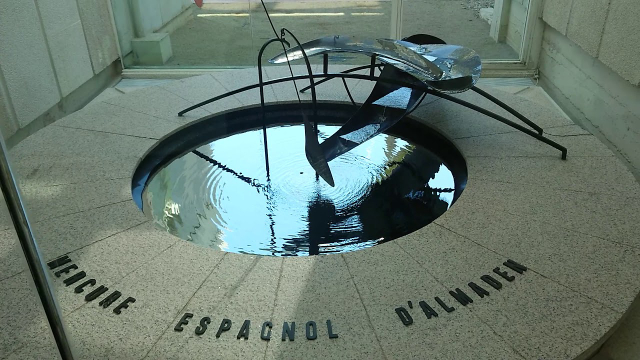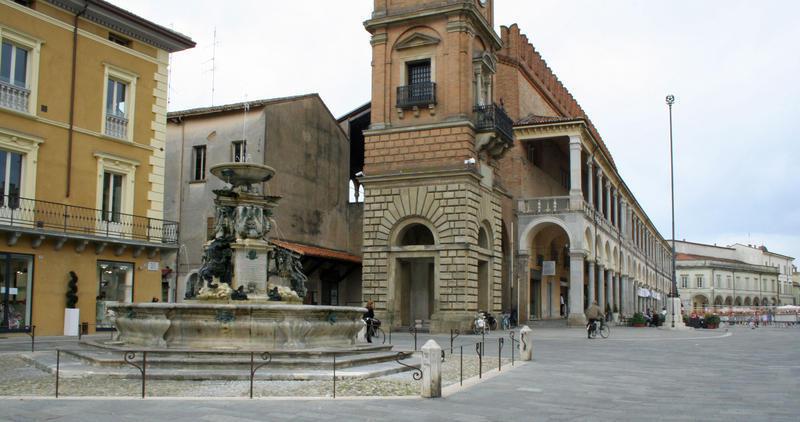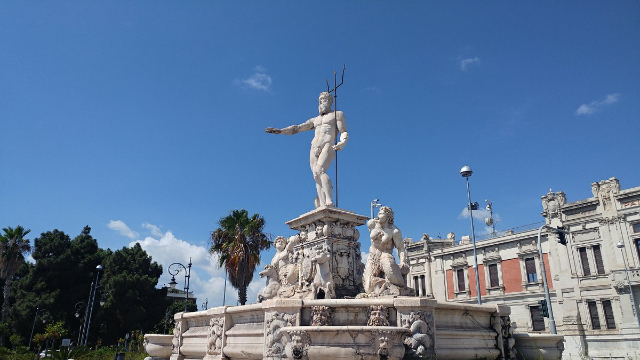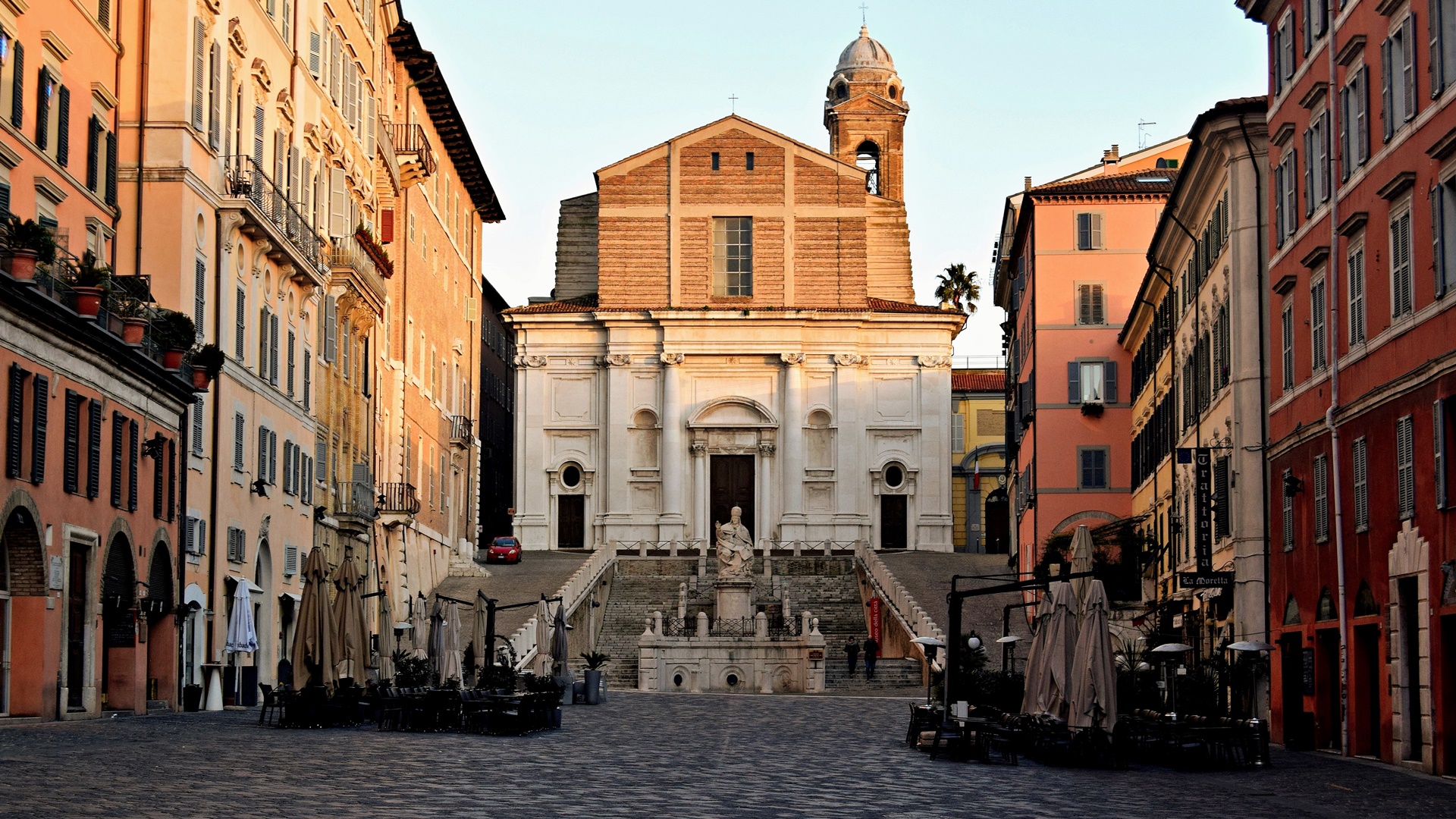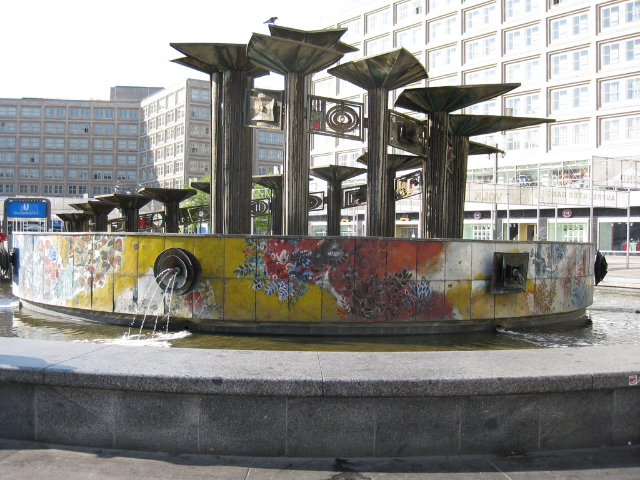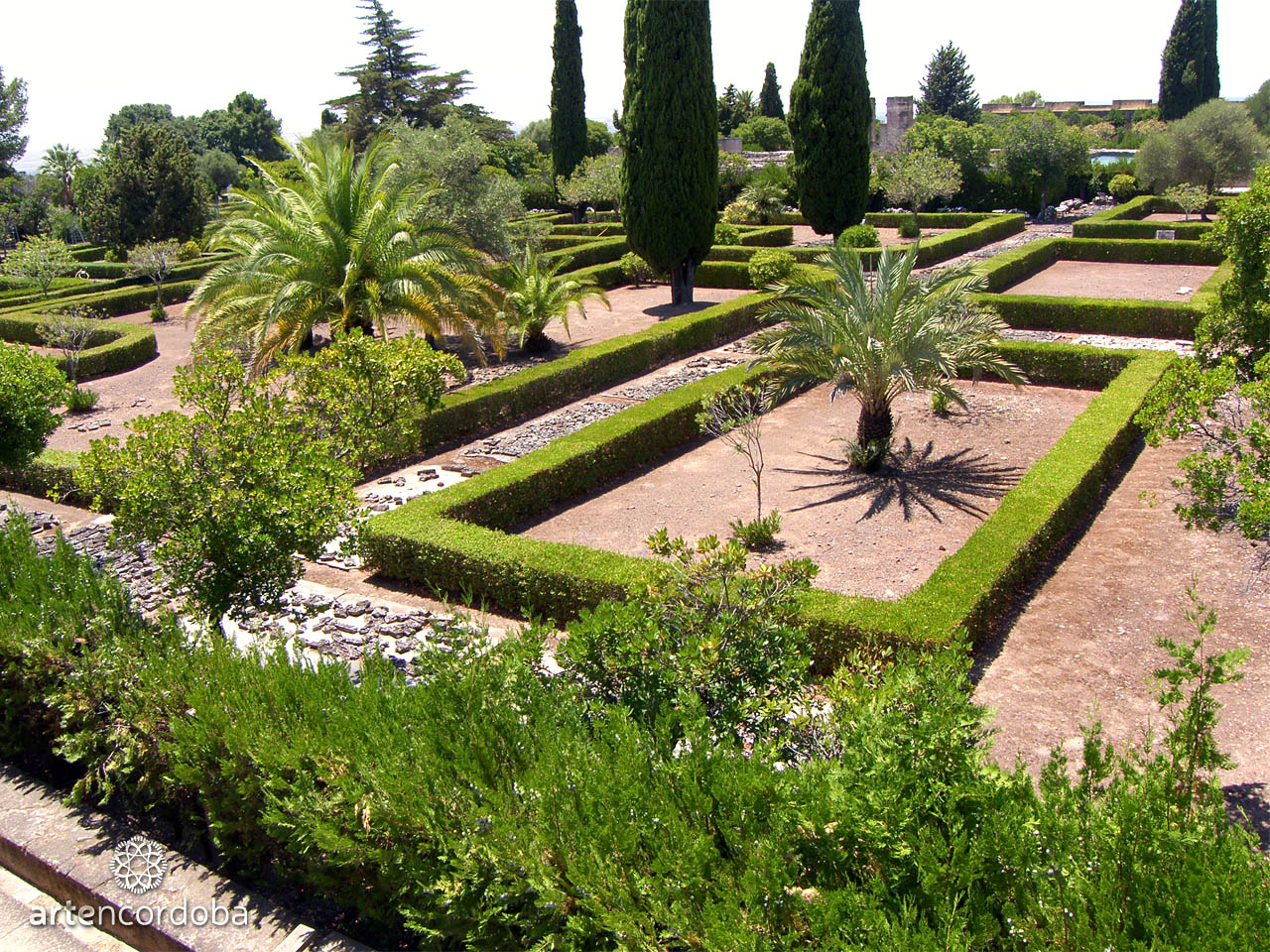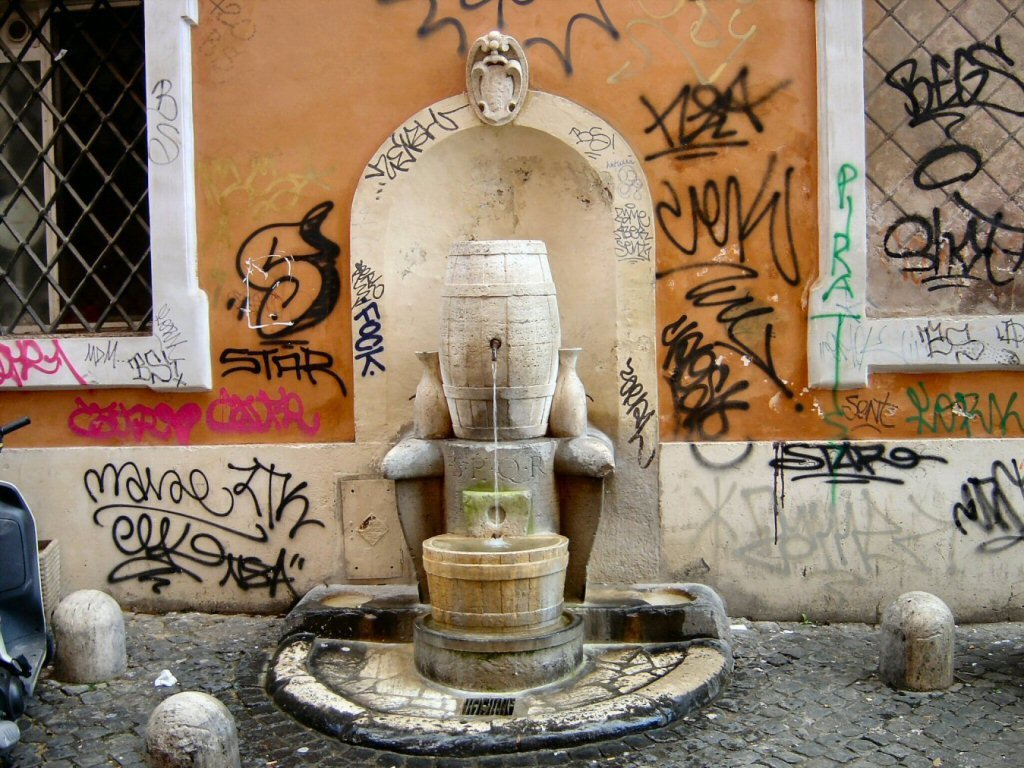The Mercury Fountain, created by American sculptor Alexander Calder, is a significant piece of art with deep historical and political roots. Its inception for the 1937 World’s Fair in Paris, designed to run not with water but with pure mercury, symbolizes a poignant chapter in history tied to the Spanish Civil War and the tragic legacy of mercury mining in Almadén, Spain. Calder’s work, positioned in the context of conflict and suffering, alongside Picasso’s Guernica, captures the era’s turmoil and the human cost associated with the Almadén mines.
The fountain’s relocation to the Fundacio Joan Miro in Barcelona safeguards its legacy and ensures its continued appreciation. The decision to display the fountain behind glass is a necessary concession to public health, acknowledging the beautiful yet hazardous nature of mercury. This installation not only preserves the artistic and historical significance of Calder’s work but also serves as a reminder of the complex interplay between industrial progress, human labor, and environmental health.
Visitors to the Fundacio Joan Miro can witness this unique piece of art, which requires an entry fee. The journey to the museum itself, via the funicular up Montjüic Hill, adds to the experience, situating the Mercury Fountain within Barcelona’s rich cultural and historical landscape. This piece stands as a testament to the enduring power of art to reflect and critique societal issues, encapsulating a moment in time where beauty and toxicity converge.

